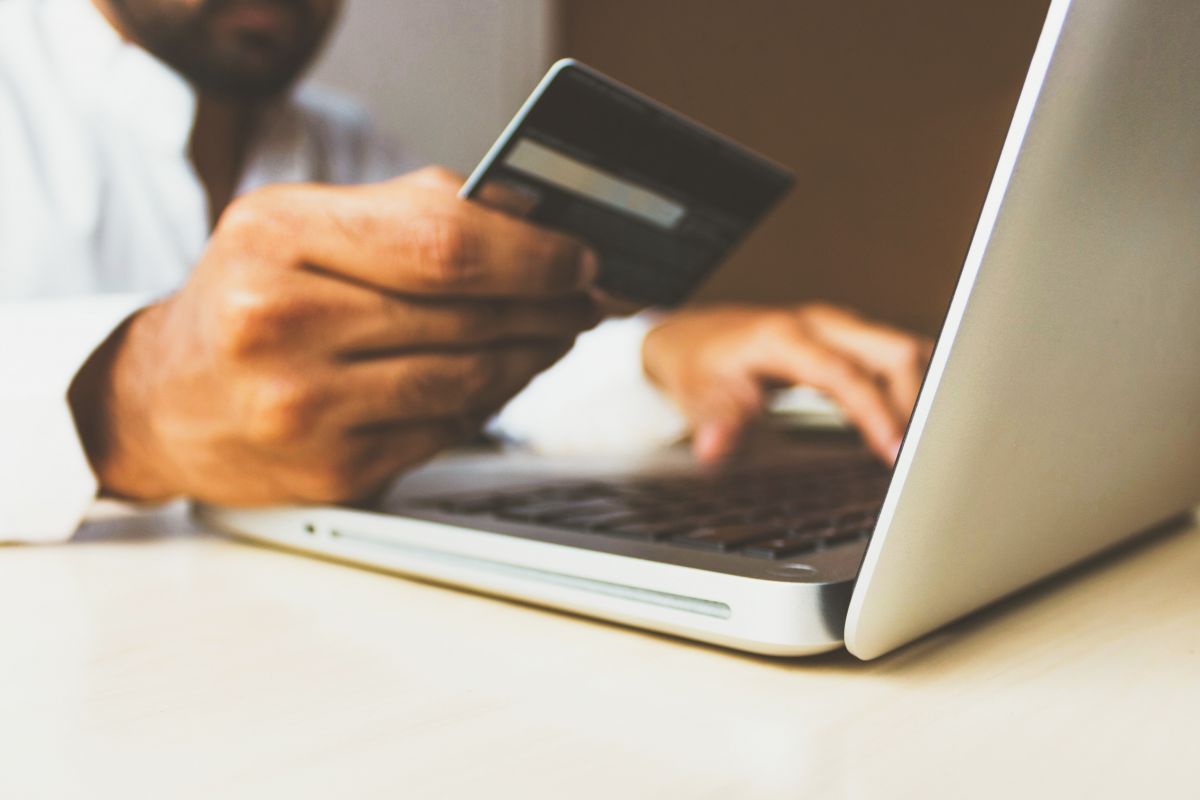Debt-to-income ratio is a measure of how much debt a household has relative to its income. The debt-to-income ratio for Canadians according to Statistics Canada is 171% as of the third quarter of 2020. This means that for every $1.00 earned, $1.71 is owed. For those who are seeking to get their personal debts under control in 2021, here are some tips to help you get a handle on your debt over the next 12 months.
The first step is to become fully aware of your financial situation. To start, write down the following, either in a spreadsheet or with pen and paper:
- Who you owe money to (creditors);
- How much you owe each creditor;
- The interest rate for each creditor;
- The required minimum payment to each creditor.
Next, complete an income and expense statement to determine how much disposable income you have each month to go towards repayment of your debts.
Once you have this information available, you can then determine a repayment plan for all your debts. You can prioritize your debt repayments by focusing on paying off the largest balance first, the highest interest rate first, or the smallest debt first. However, you will have to continue to pay the minimum monthly payments on the other debts as you prioritize your repayment plan. If you cannot afford to maintain the minimum monthly payments while focusing on your debt repayment plan, the following may be some ways that can help you get your debt paid off sooner:
- Cut back your household expenses to increase the amount of disposable income you can put towards your debt repayment.
- Contact your creditors to negotiate a lower interest rate.
- Contact your financial institution to see if you can consolidate your debt into one monthly payment.
- Use savings to put lump sum payments on your debt.
- Use a tax refund to pay down your debt.
- If you have equity in your home, determine if a second mortgage or a secured line of credit can be used to consolidate your debt.
If you have exhausted all other avenues and are unable to make headway with your debts, it may be time to consult with a Licensed Insolvency Trustee to determine if a consumer proposal or bankruptcy is a viable option as means of dealing with your creditors.
To find out more about these options, do not hesitate to reach out to a professional today for a consultation to determine what options you have to deal with your debt. You can find a list of Chartered Insolvency and Restructuring Professionals here.

